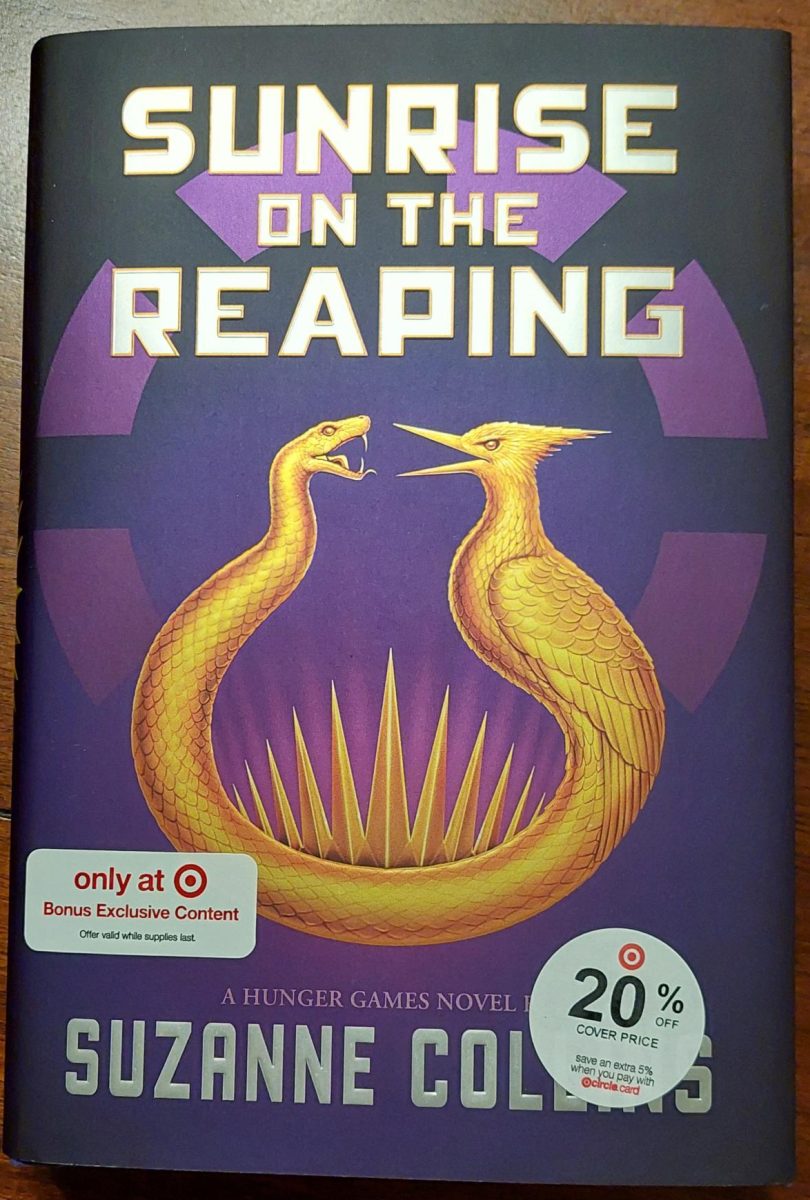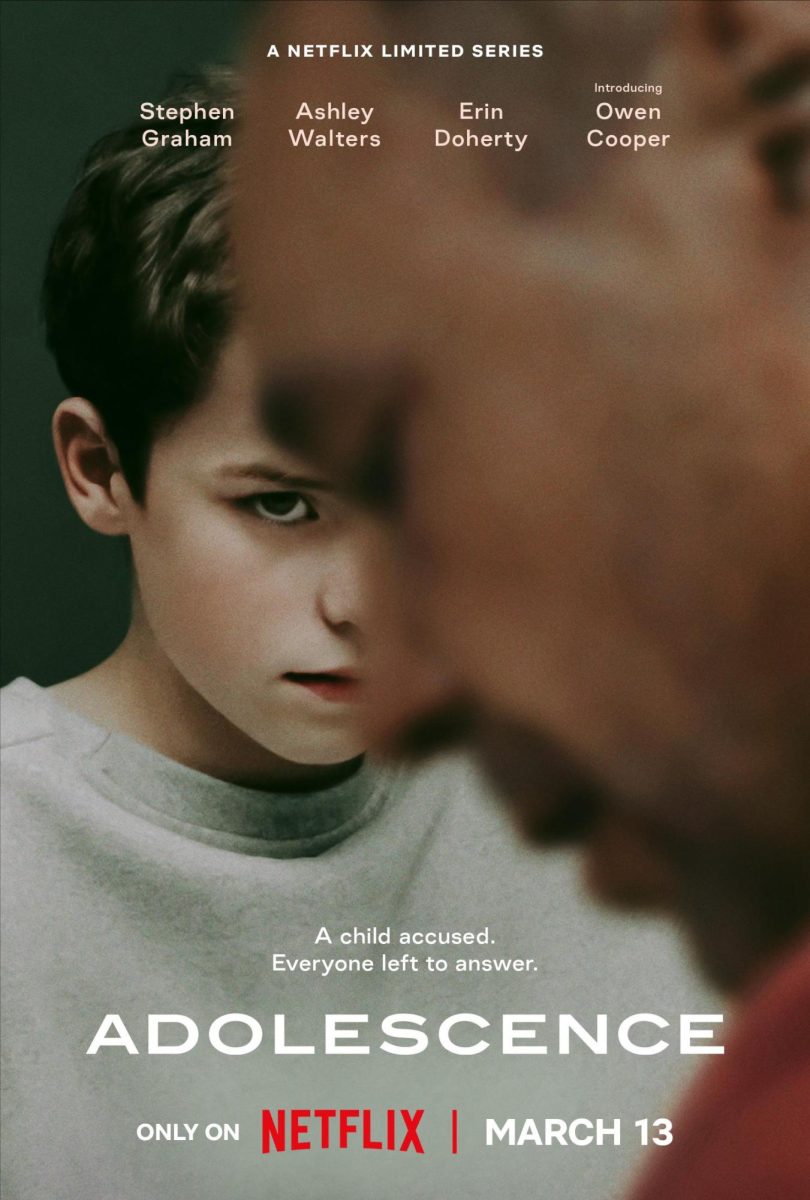When it comes to my mental state after reading this book, the odds are definitely not in my favor. The newest novel in the Hunger Games series, “Sunrise on the Reaping” by Suzanne Collins, is a highly-anticipated return to the world of Panem. Set in the Second Quarter Quell, the story follows Haymitch Abernathy’s journey to becoming the victor of the 50th Hunger Games.
Haymitch’s story has been a source of intrigue for me since descriptions of his victory were a little vague and readers of the original trilogy got to see him as a mentor, not as a participant. His journey did not disappoint. As I witnessed Haymitch’s strength, defiance, and deep love for others, I was reminded of the courage of the other District 12 winners. It was refreshing to see him be optimistic in this book, fighting to stay alive not only for himself, but for his family, his love, and his friends.
It was difficult to be so invested in certain characters only to see them perish during the games, but each left a lasting impact. All of the characters had their defining characteristics to impress readers as well as the Hunger Games audience. The District 12 competitors had their charm, wit, youth, and boldness. One poignant scene that stood out to me was when they shared their desire to not be a pawn to the Capitol and their personal goals past just surviving the arena. Although there were many heartbreaking moments, the book ultimately leaves readers on a hopeful note, reminding them that change for the better does occur.
Before reading this book, I had not reread the original trilogy Hunger Games novels or rewatched the Hunger Games movies, and in addition to that I did not read “The Ballad of Songbirds and Snakes”. Despite all of this, I do not think it hindered my ability to understand the numerous references. There were many familiar faces and it was very interesting to see not only Haymitch but also more information on the backstories of some of the older character present in the original trilogy. Collins made sure to explain integral aspects of the game such as the mutated animals, tesserae, mockingjays, as well as the history of the Hunger Games. Some of this information might seem repetitive but I found it helpful to mention them to serve as reminders and motifs of the rebellion and brutality of the capital.
Getting thrown back into this masterfully crafted world felt like returning to a distinct part of my childhood. I remembered the first time I read about the Capitol’s plans and this masterfully-crafted world. I saw the strategy and planning that went into the Games and the clues to look for in order to survive. In this book, I was able to see how the Capitol portrays events a certain way and the control and influence they hold over the citizens of Panem. The theme of propaganda was evident throughout the entire novel and Collins emphasized how those in power utilize it to maintain control over their citizens. However, Collins also pointed out how no matter the amount of propaganda and attempts to control people, they had their own beliefs and defied the government in their own distinct way.
This book portrays very important themes of advocating for others, justice, strength and resilience. Panem is portrayed as a nation that is enduring and rebuilding after all of the events and the theme of hope after pain and devastation left me feeling reflective. I am very excited to reread this book and plan to reread all of the books and start “The Ballad of Songbirds and Snakes” so that I can fully be immersed in the backstories. I loved this story like all-fire. Lionsgate is developing the movie adaptation of Sunrise on the Reaping and that will release on Nov. 20, 2026.
















